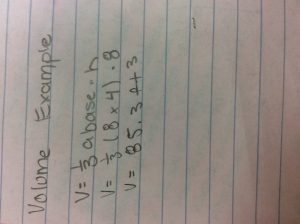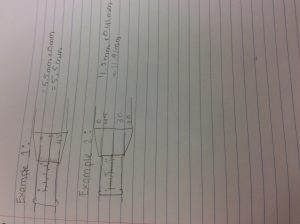In our third lesson of polynomials we learned how to FOIL. Foiling is another method to multiply polynomials using distributive property that’s easy and effective. It makes it easier for you to see exactly what you are multiplying rather than visualizing it in your head.
The method used in the distributive propter can be simplified using the acronym FOIL.
(a + b)(c + d) = ac + ad + bc + bd
F – first term in each bracket
O – outside terms
I – inside terms
L – last term in each bracket
Here are two examples:
(4x + 1)(x – 5)
= 4x^2 – 20x + x – 5
= 4x^2 – 19x -5
(3a + 6b)^2
= (3a + 6b)(3a + 6b)
= 9a^2 + 18ab + 18ab + 36b^2
= 9a^2 + 36ab + 36b^2






